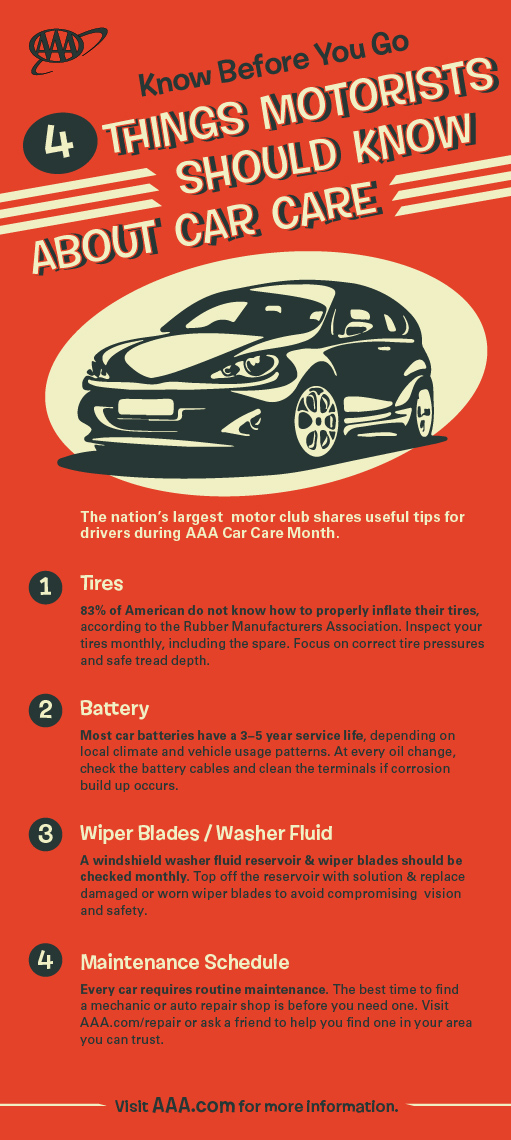Comprehending The Meaning Behind Your Vehicle'S Caution Lighting: An Extensive Appearance
Comprehending The Meaning Behind Your Vehicle'S Caution Lighting: An Extensive Appearance
Blog Article
Web Content By-Sykes Gilbert
When you're behind the wheel, those glowing warning lights on your dashboard can be a little bit complicated. Do you understand what they're attempting to inform you about your cars and truck's wellness? Comprehending the significance of these lights is important for your safety and the long life of your car. So, the next time among those lights pops up, wouldn't you intend to analyze its message precisely and take the essential actions to resolve it?
Common Caution Lights and Interpretations
Recognize typical caution lights in your automobile and understand their definitions to guarantee safe driving.
One of the most regular caution lights consist of the check engine light, which indicates problems with the engine or discharges system. If this light comes on, it's critical to have your automobile examined without delay.
The oil pressure warning light suggests reduced oil pressure, calling for instant focus to stop engine damage.
A flashing battery light could suggest a faulty charging system, potentially leaving you stranded if not attended to.
The tire stress monitoring system (TPMS) light signals you to low tire stress, affecting vehicle stability and gas performance. Ignoring this can lead to harmful driving conditions.
The abdominal light shows a problem with the anti-lock stopping system, compromising your capacity to quit quickly in emergencies.
Lastly, the coolant temperature alerting light warns of engine overheating, which can result in severe damage otherwise fixed quickly.
Comprehending these common warning lights will certainly aid you deal with problems quickly and maintain risk-free driving conditions.
Relevance of Prompt Attention
Understanding the typical caution lights in your car is only the primary step; the significance of quickly attending to these cautions can not be highlighted sufficient to ensure your security when traveling.
When a warning light illuminates on your control panel, it's your cars and truck's way of connecting a potential concern that requires attention. Disregarding https://ecu-tuning-software-free30517.blogsvila.com/31337628/the-effect-of-auto-detailing-on-resale-value-findings-from-various-research-studies can cause extra severe troubles in the future, endangering your security and potentially costing you extra in repairs.
Motivate attention to advising lights can avoid break downs and accidents. As an example, a blinking check engine light might suggest a misfire that, if left ignored, could cause damage to the catalytic converter. Resolving this promptly can save you from a costly repair work.
Similarly, a brake system advising light could indicate reduced brake liquid or used brake pads, important elements for your security when driving.
DIY Troubleshooting Tips
If you notice a caution light on your control panel, there are a couple of DIY repairing pointers you can attempt prior to seeking professional help.
auto valet is to consult your cars and truck's guidebook to understand what the certain warning light indicates. Often the concern can be as easy as a loosened gas cap causing the check engine light. Tightening up the gas cap might fix the problem.
automatic car wash is a reduced battery, which can cause numerous warning lights. Examining the battery links for corrosion and ensuring they're safe and secure might repair the problem.
If a caution light lingers, you can try resetting it by disconnecting the car's battery for a few mins and then reconnecting it. Additionally, inspecting your vehicle's liquid levels, such as oil, coolant, and brake liquid, can aid troubleshoot advising lights connected to these systems.
Conclusion
Finally, understanding your cars and truck's warning lights is crucial for maintaining your automobile running efficiently and safely. By immediately addressing these notifies and knowing what they mean, you can prevent costly fixings and possible break downs.
Remember to consult your auto's guidebook for particular details on each warning light and act appropriately to ensure a hassle-free driving experience.
Keep notified, stay safe when traveling!
